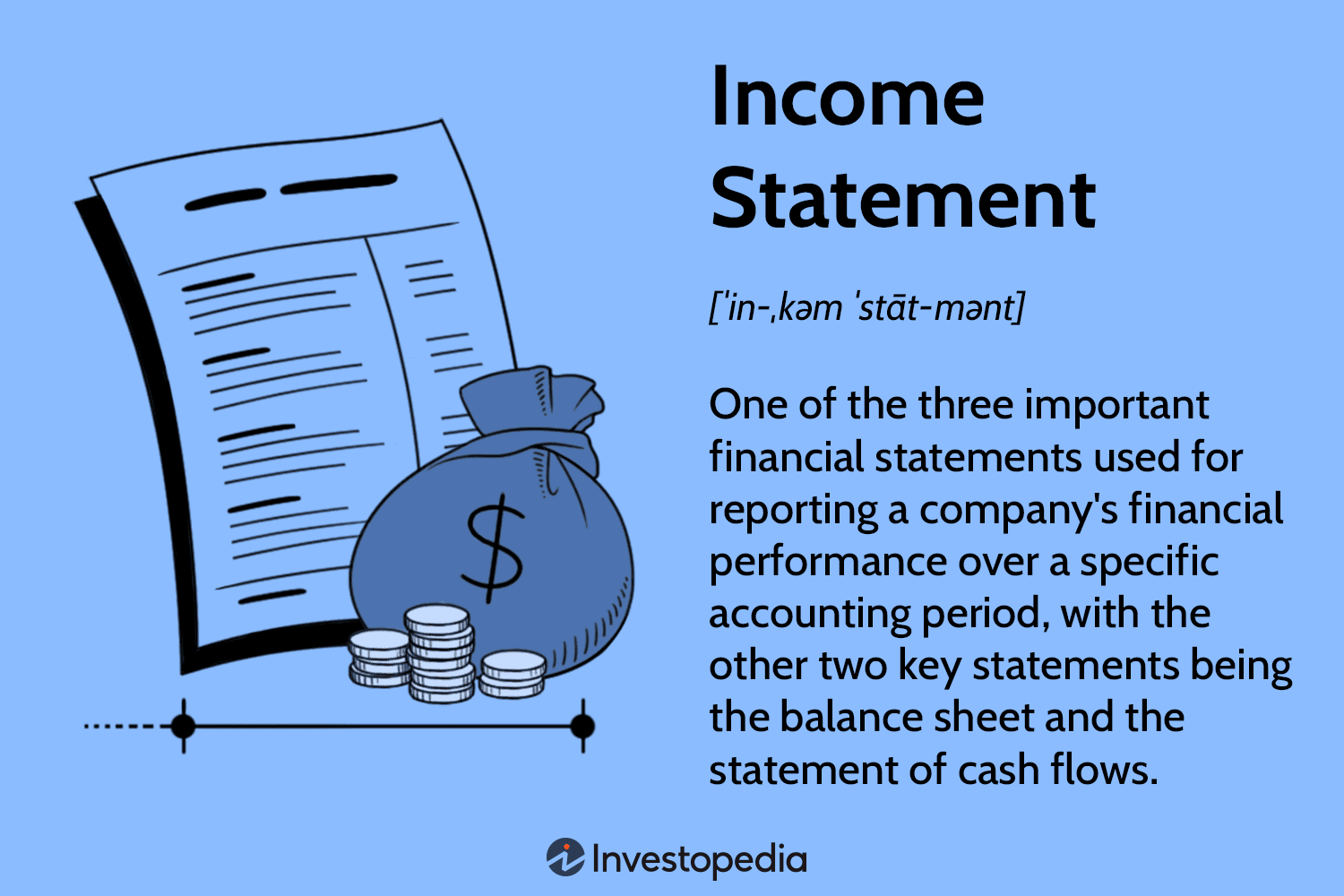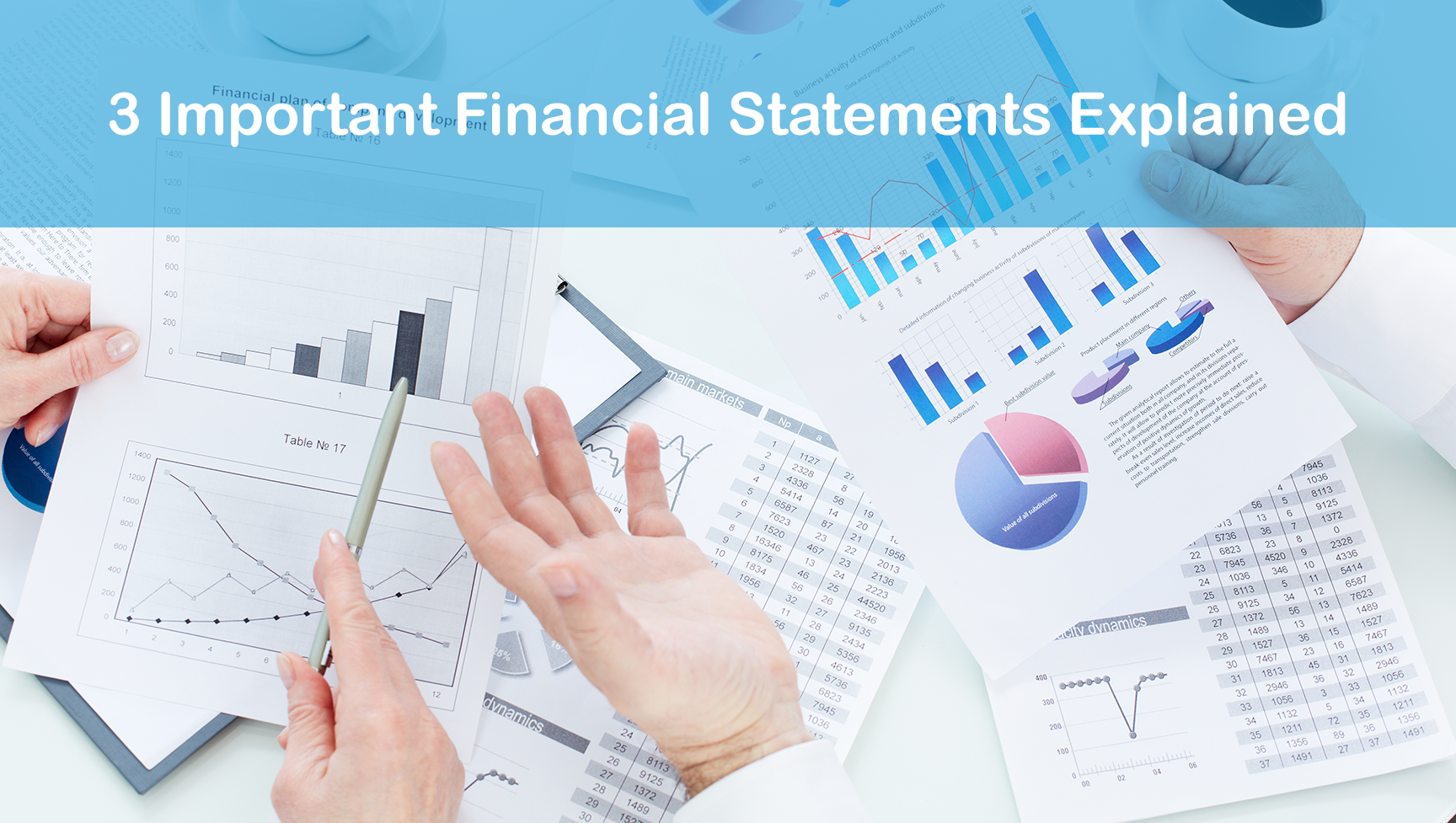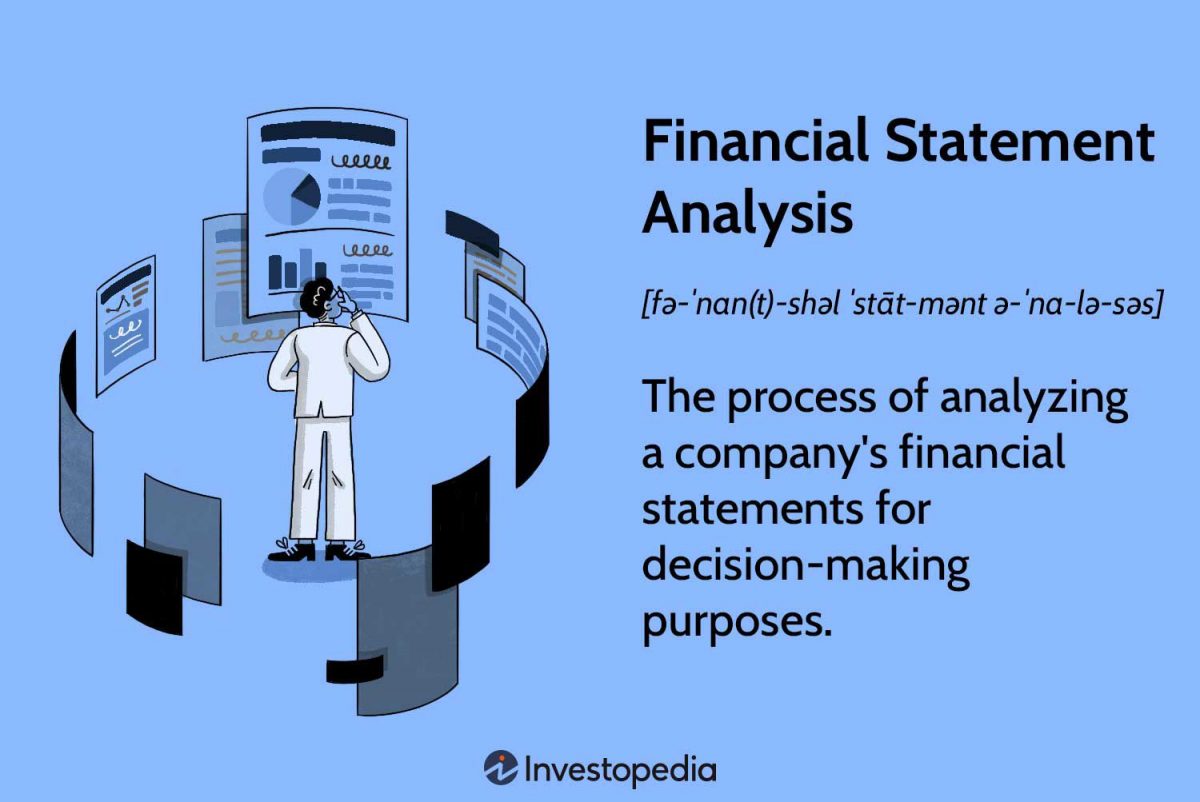The 3 Important Financial Statements for a Small Business
Running a small business can be both rewarding and challenging. To make informed decisions and maintain financial health, small business owners must have a clear understanding of their financial performance. One way to achieve this is by regularly analyzing and interpreting the company’s financial statements. Financial statements provide a comprehensive view of the business’s financial position and performance, helping entrepreneurs make informed decisions and identify potential areas of improvement. In this article, we will explore the three crucial financial statements for a small business: the Income Statement, the Balance Sheet, and the Cash Flow Statement. What are 3 important financial statements for a small business?
Understanding the Income Statement
The Income Statement, also known as the Profit and Loss Statement (P&L), is a crucial financial document that summarizes the company’s revenues, expenses, and profits over a specific period. It shows how much money the business has generated through its operations and how much it has spent to operate during that period.
Components of the Income Statement:
Revenue: Revenue represents the total amount of money generated from the company’s primary business activities, such as sales of products or services.
Cost of Goods Sold (COGS): This section includes all the direct costs associated with producing or delivering the products or services sold. It encompasses raw materials, manufacturing labor, and direct production costs.
Gross Profit: Gross profit is calculated by subtracting COGS from the total revenue. It represents the profit generated before considering other operating expenses.
Operating Expenses: Operating expenses include all the indirect costs of running the business, such as rent, utilities, salaries, marketing, and administrative expenses.
Operating Income: Operating income is the profit earned from the core business operations, calculated by subtracting operating expenses from the gross profit.
Non-operating Income and Expenses: This category includes any income or expenses not directly related to the core business operations, such as interest income, interest expenses, and gains or losses from investments.
Net Income: Net income, also referred to as the bottom line, is the final profit figure after accounting for all revenues, expenses, and taxes. It indicates the company’s overall profitability for the given period.

What are 3 important financial statements for a small business?
Analyzing the Balance Sheet
The Balance Sheet is another critical financial statement that provides a snapshot of the business’s financial position at a specific point in time. Unlike the Income Statement, which covers a specific period, the Balance Sheet offers a summary of the company’s assets, liabilities, and equity as of a given date.
Key Components of the Balance Sheet:
Assets: Assets represent everything the company owns or has control over, and they are categorized into two types: current assets and non-current assets. Current assets include cash, accounts receivable, inventory, and short-term investments, while non-current assets comprise long-term investments, property, equipment, and intangible assets like patents or trademarks.
Liabilities: Liabilities encompass the company’s financial obligations, including both short-term liabilities (current liabilities) and long-term liabilities (non-current liabilities). Current liabilities include accounts payable, short-term loans, and other debts that are due within a year, while non-current liabilities consist of long-term loans and other obligations with longer repayment terms.
Equity: Equity, also known as shareholders’ equity or owner’s equity, represents the residual interest in the company’s assets after deducting its liabilities. It shows the owner’s investment in the business and can be calculated as the difference between assets and liabilities.
Interpreting the Cash Flow Statement
The Cash Flow Statement is a crucial financial statement that reports the inflow and outflow of cash during a specific period. It helps business owners and investors understand how changes in the balance sheet and income statement impact the company’s cash position.
Components of the Cash Flow Statement:
Operating Activities: This section includes the cash flows from the core business operations, such as cash received from customers and cash paid to suppliers and employees. It provides insights into the company’s ability to generate cash from its primary activities.
Investing Activities: Investing activities cover the cash flows related to the purchase and sale of long-term assets and investments. It includes cash used for acquiring new equipment, property, or investments, as well as cash received from selling such assets.
Financing Activities: Financing activities involve cash flows related to raising capital and repaying debt. It includes cash received from issuing stocks or taking on loans and cash used for paying dividends or debt repayments.

Conclusion
In conclusion, the three important financial statements for a small business – the Income Statement, the Balance Sheet, and the Cash Flow Statement – are invaluable tools for understanding the company’s financial performance and health. By regularly analyzing these statements, small business owners can make informed decisions, identify areas for improvement, and ensure the long-term success of their ventures. Whether seeking to attract investors, apply for loans, or simply maintain financial stability, these financial statements serve as a compass to navigate the ever-changing business landscape. Understanding the language of financial statements is a crucial skill for any entrepreneur, and it is essential to seek professional guidance if needed to interpret and act upon the insights gained from these financial reports. https://cbdtax.com.au/company-business-restructuring/

